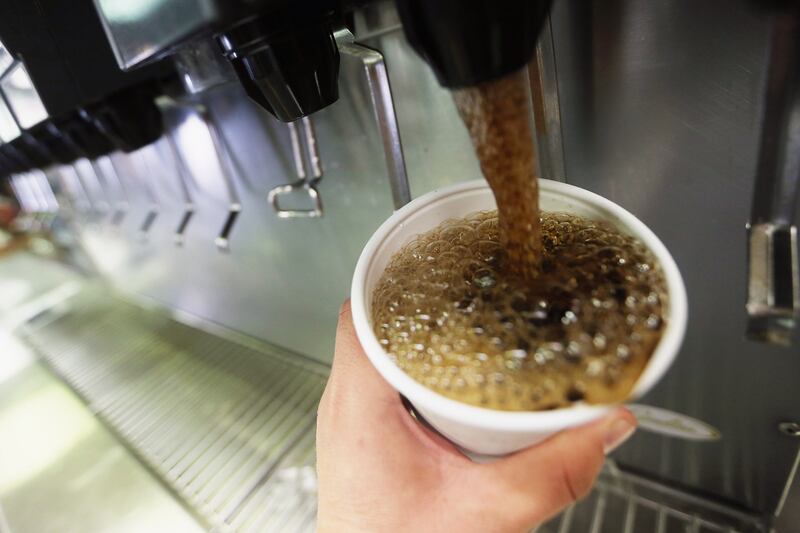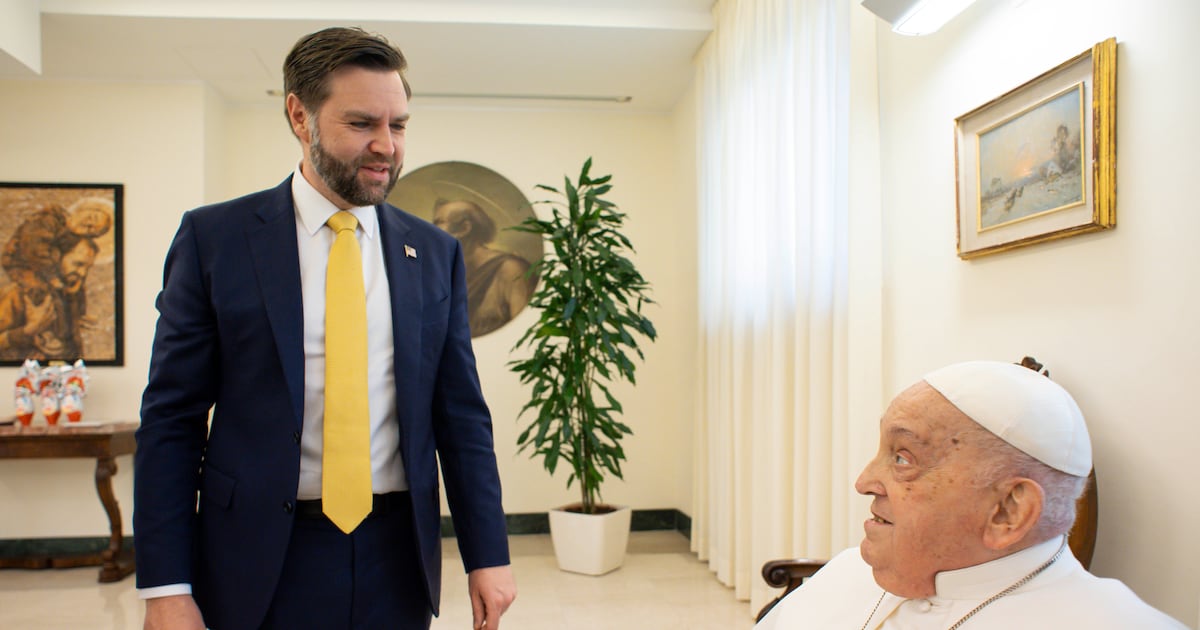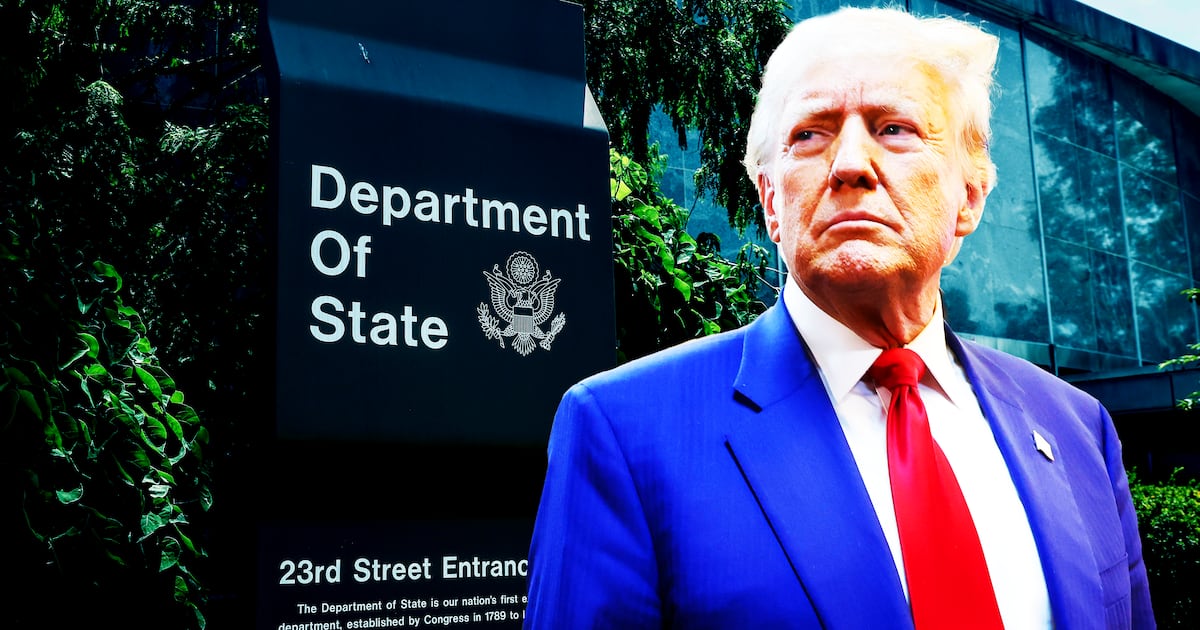Twenty-four states, five cities, and the U.S. Congress have all floated initiatives in the last three years to tax sugary beverages. All have been motivated by the twin goals of raising revenues and fighting obesity. And all have been soundly trounced.
But the reversal of fortune in the Soda Wars seem to have come yesterday , when the New York City Board of Health voted into law Mayor Michael Bloomberg’s latest anti-sugar, anti-obesity initiative:, restricting the sale of sugary beverages in portions larger than 16 ounces in any of the 24,000 restaurants, movie theater snack bars, fast food joints and other food service establishments that the city already regulates.
That reversal came in large part because Bloomberg did something different from what everyone else has done: he bypassed voters, ignored public opinion polls, and left the decision up to a body he knew he could rely on to support his agenda. But he also changed the strategy, abandoning the tax idea (which he himself had once embraced) in favor of one more likely to actually help New Yorkers obesity: restricting the size of beverages.
The flurry of soda tax initiatives that have been launched since 2009—two more of which will be decided by California voters in November—can be traced to the budget crunch faced by states and municipalities since the start of the economic downturn. That year New England Journal of Medicine published an article by Kelly Brownell, a Yale psychologist who runs the Rudd Center for Food Policy and Obesity, and CDC director Tom Friedan. Titled “Ounces of Prevention—The Public Policy Case for Taxes on Sugared Beverages,” the essay suggested that even a penny-per-ounce soda tax could generate badly needed revenue for cities and states—$1.2 billion annually in New York state alone, Brownell and Friedan estimated—and reduce soft drink consumption by as much as 10 percent.
The tax-approach is still popular, and advocates have invested heavily in another run at it this fall, when voters in Richmond, Calif., a city of 100,000 across the bay from San Francisco, will vote on a similar measure. Pro-tax activists have spent more than $100,000, while the Richmond-based Community Coalition Against Beverage Taxes, sponsored by the American Beverage Association, has so far spent more than $350,000 to defeat it.
Even if the tax passes, though, what remains to be seen is whether it will have any effect on obesity. Brownell says that “all evidence suggests” that such taxes will “make a big difference,” and he points to cigarette taxes as being among the most effective public health interventions on record. Health economists who have studied the issue, though, tend to disagree. “If you want to have a substantial effect, you need a substantial tax -- 50 percent of current prices,” says Rand Corporation economist Roland Sturm, not the penny-an-ounce taxes that are closer to 10 percent.

An analysis by Nathan Tefft now at the University of Washington and Jason Fletcher from Yale suggests that raising the price on sugary beverages will only work to drive children and adults to other sources for their liquid sugars. Cigarette taxes work to a large extent, they say, because there are no other similar options for smokers to get their nicotine fixes. “In our studies,” says Fletcher, “for every one percent increase in tax, you get an 8 calorie reduction in soda, but it’s completely offset by juice. … If your goal is to reduce soda consumption, then this does it. If your goal is to reduce obesity, it’s much less clear this will do anything.”
That’s why, from a public health standpoint, Mayor Bloomberg’s approach—going after the consumption of sugary beverages directly rather than trying to deter consumption by raising prices—is a better bet. As Health Commissioner Tom Farley tells it, research has consistently suggested that the portions we consume are determined as much by how much we’re served as by how hungry we are. “Studies show that if you give people larger portions,” he says, “they’ll simply consume more without noticing or without compensating by consuming less in subsequent meals.”
This wouldn’t be a problem if portion-sizes hadn’t increased significantly in the past half century. When McDonald’s first opened in 1955, as Farley points out, the largest beverage that could be purchased was 7 ounces. Now it’s 32 ounces—a 457 percent increase—and the “child size is 12 ounces.”
What Bloomberg and Farley are hoping for with the cap on portion size—and what health economists think is likely to happen—is that it will change what’s known as the default setting in people’s choices. Once the default option is 16 ounces, the theory goes, most New Yorkers will stick with 16 ounces: few will trouble themselves to buy multiple beverages to get more soda. Public health authorities also hope that all this talk about the unhealthiness of soda will lead people to voluntarily drink less of it, and the beverage industry to provide products with less sugar and high fructose corn syrup.
Michael Jacobson of the Washington-based Center for Science in the Public Interest points out that since 1998, the per capita consumption of carbonated sugary drinks, omitting diet drinks, has already declined by 24 percent. Some of the slack has been taken up by fruit juices, sports drinks, and energy drinks, but overall consumption of sugary beverages is still down, which gives health advocates like Jacobson reason to hope the trend will continue. Jacobson says that “a reasonable goal is to return consumption back to what it was in the 1950s, with soda being an occasional treat rather than an everyday drink consumed in enormous volume.”
The 16-ounce cap may be long way from that, but it may be a start.







